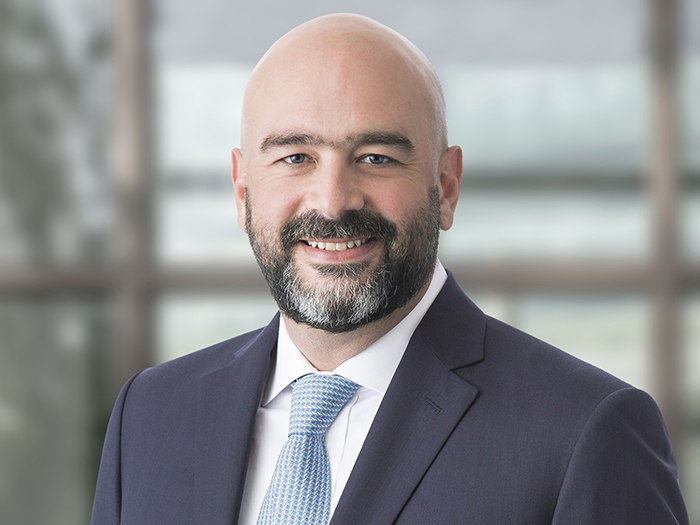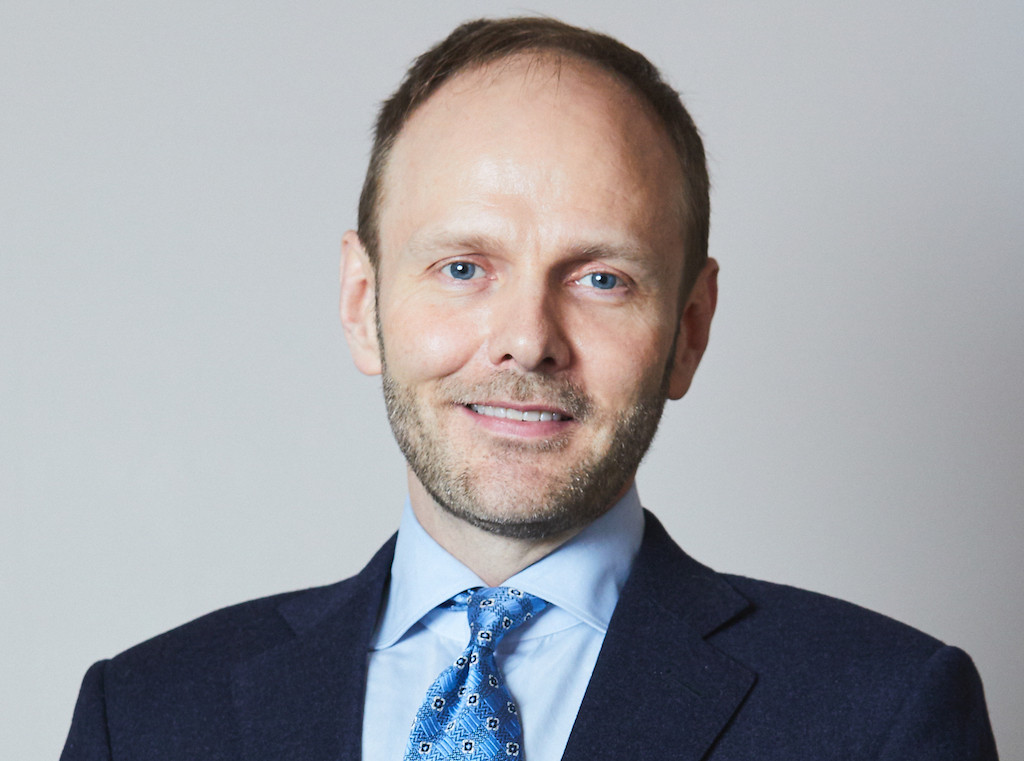Risk Managers, Listen to Brene Brown and Take in All Perspectives Before You Make a Decision
Recently, I was reflecting on a flight I took prior to the COVID-19 pandemic changing the world.
“The flight is completely full,” the flight attendant said as I located a seat for transit from Las Vegas to Baltimore. When you are about the size of an average bear, a full flight is probably the worse pre-flight phrase you can hear other than “your flight has been canceled due to mechanical issues.”
When I hear that horrible phrase, I do my typical: Get to my seat, spread out as much as I can from the aisle, and just hope the flight attendant is wrong about the count.
On that particular flight, I watched the door shut, and I thought to myself, “I’m home free,” as there was just one couple approaching. There were three open seats left on the flight — a window seat in front of me, a window seat across the aisle and a middle seat next to me.
I typically take up about 1 1/8 seats, so I believed no one would choose to sit in the middle seat when there were other options. To my surprise, the couple, who I soon learned had just married in Vegas, sat in the seats closest to me. The husband sat in the window seat in front of me and his wife sat in the middle seat next to me. When she sat down, she was already crying, because they just barely made the flight and was saddened more by not being able to sit next to her new husband for the four-hour tour.
Too often people form opinions without having all the facts or taking the time to consider someone else’s perspective/lens.
I decided to try and help. I asked the woman who was sitting in the window seat in our row of she would switch with the husband.
She said no.
I looked at her — and I’m assuming not with the most pleasant of expressions — because all I could think was, what an incredibly selfish and self-centered person she must have been.
Now for a little background.
The woman who said no was from a different country. When she boarded the plane, I heard her speaking to someone else in a different language that I did not recognize.
A couple of minutes after I had asked her to relocate, that same lady voluntarily moved to the window seat across the aisle.
Now, as I reflect on what had happened, I realize there were numerous things I could have done other than jump to the conclusion she was a “bad person.”
When I had asked the woman if she would switch seats, I already knew that English wasn’t her primary language. Yet, I assumed that she completely understood me and concluded based on her response she was a bad person.
Instead, I should have clarified to see if she heard me or I could have asked her reasoning as to why she might have been unwilling to switch seats.
Too often people form opinions without having all the facts or taking the time to consider someone else’s perspective/lens.
The woman in the window seat may not have heard me clearly, may not have understood me, or maybe there was something unique to her that made her not want to change seats. From my perspective it was clear her changing seats would have no impact on her. Since my vision was clear and she disagreed with my view on how the situation should have played out, she was, in my mind, in the wrong.
Yet was she? In her vision, her choices were clear to her and my interactions may not have made the most sense in that moment. To her, I must have been in the wrong.
This same scenario can play out at work.
As a risk manager, every day we see things based on our vision of how things are supposed to be. However, we may not be seeing the issue from the lens of someone else.
A prime example that happened to me was a policy regarding “Hot Work.” In an organization I worked for, the “Hot Work” policy was the responsibility of the safety department. I approached the Safety Manager and advised him that this policy had deficiency, and he vehemently disagreed.
It wasn’t until I obtained my OSHA 30 certification that I realized he was looking at “Hot Work” through the lens of OSHA, which focuses on preservation of life, while I had been looking at “Hot Work” through the lens of an insurance carrier inspection, which focuses on preservation of assets.
Again, to me, my vision was clear, but I failed to recognize there were multiple lens.
Brené Brown states in her book Dare to Lead, “It’s only when diverse perspectives are included, respected and valued that we can start to get a full picture of the world, who we serve, what they need, and how to successfully meet people where they are!”
Risk managers need to take this statement to heart! Too often in life we have blinders on and just see the world through our own lens — whether that be a lens in your personal or professional life. &










